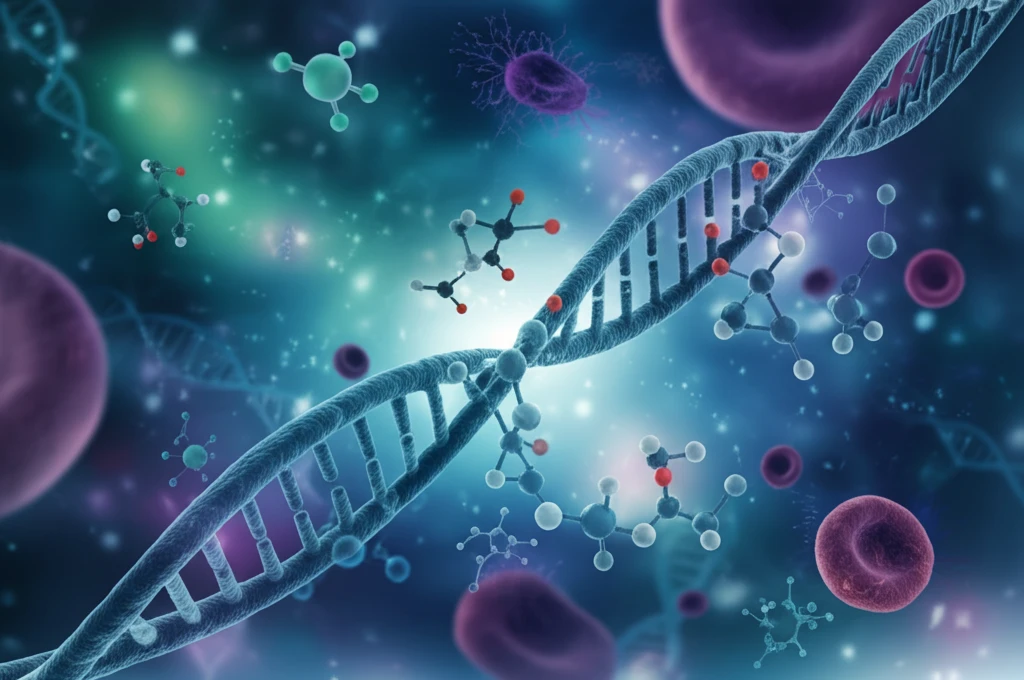
Decoding Leukemia: From Basic Diagnostics to Targeted Therapies
"A comprehensive guide to understanding leukemia diagnostics, molecular classifications, and the exciting potential of personalized treatment strategies."
Leukemia, a term encompassing a diverse group of blood cancers, presents a significant challenge to modern medicine. Characterized by the uncontrolled proliferation of abnormal blood cells, leukemia disrupts normal hematopoiesis, leading to anemia, increased risk of infection, and bleeding disorders. However, the landscape of leukemia diagnosis and treatment is rapidly evolving, driven by advances in our understanding of the disease's molecular underpinnings.
This article aims to provide a comprehensive overview of leukemia, from the fundamental diagnostic techniques to the cutting-edge targeted therapies that are transforming patient care. We'll delve into the various subtypes of leukemia, their defining characteristics, and the critical role of genetic and molecular markers in guiding treatment decisions. Our goal is to empower readers with the knowledge to navigate the complexities of leukemia and appreciate the exciting progress being made in this field.
While this article cannot provide medical advice, it is important to consult with medical professionals.
Decoding the Leukemia Landscape: From Diagnostics to Targeted Therapies

The journey to understanding and treating leukemia begins with accurate diagnosis. Traditionally, leukemia diagnosis relied on cytomorphology (examining cell appearance under a microscope) and cytochemistry (analyzing cell composition). These techniques remain valuable but are now complemented by more sophisticated methods. Modern leukemia diagnostics integrates cytomorphology, cytochemistry, immunophenotyping, cytogenetics, and molecular genetics to diagnose and classify leukemias correctly.
- Cytomophology.
- Immunophenotyping.
- Cytogenetics.
- Molecular Genetics.
Looking Ahead: Towards Personalized Leukemia Care
As we move forward, expect to see even greater emphasis on personalized approaches to leukemia treatment. Integrating sophisticated molecular profiling with a deep understanding of individual patient characteristics will allow clinicians to tailor therapies to the unique features of each case. This precision medicine approach holds immense promise for improving outcomes and minimizing the toxicities associated with conventional chemotherapy, ushering in a new era of hope for patients battling leukemia.
